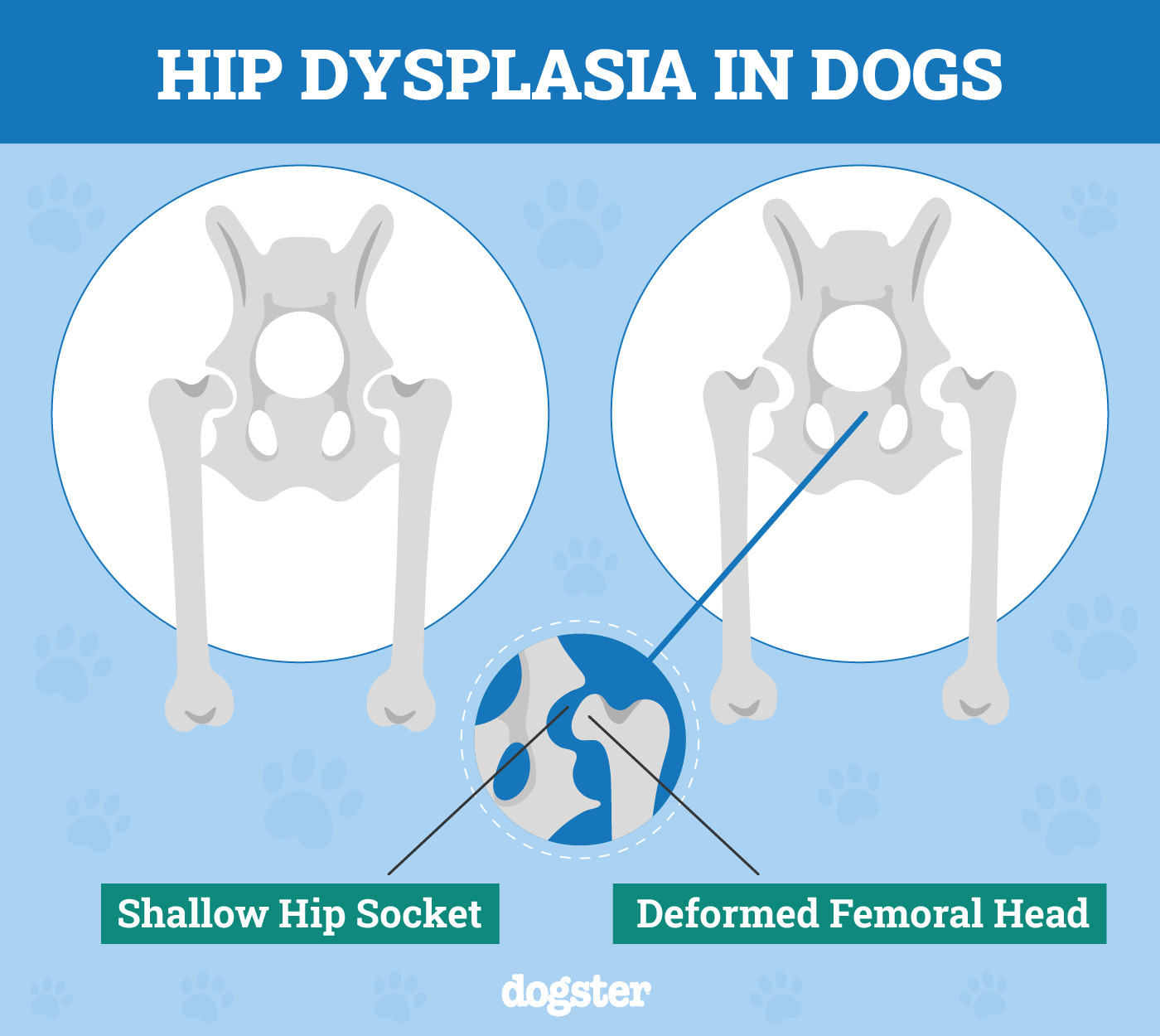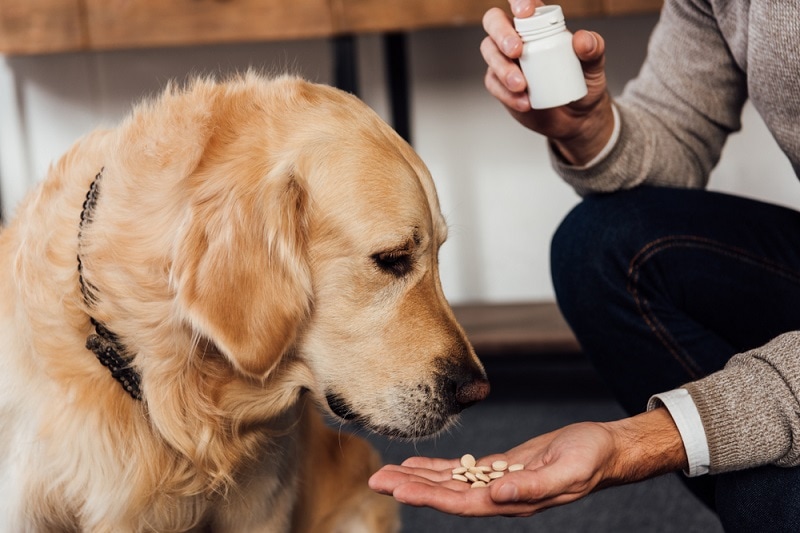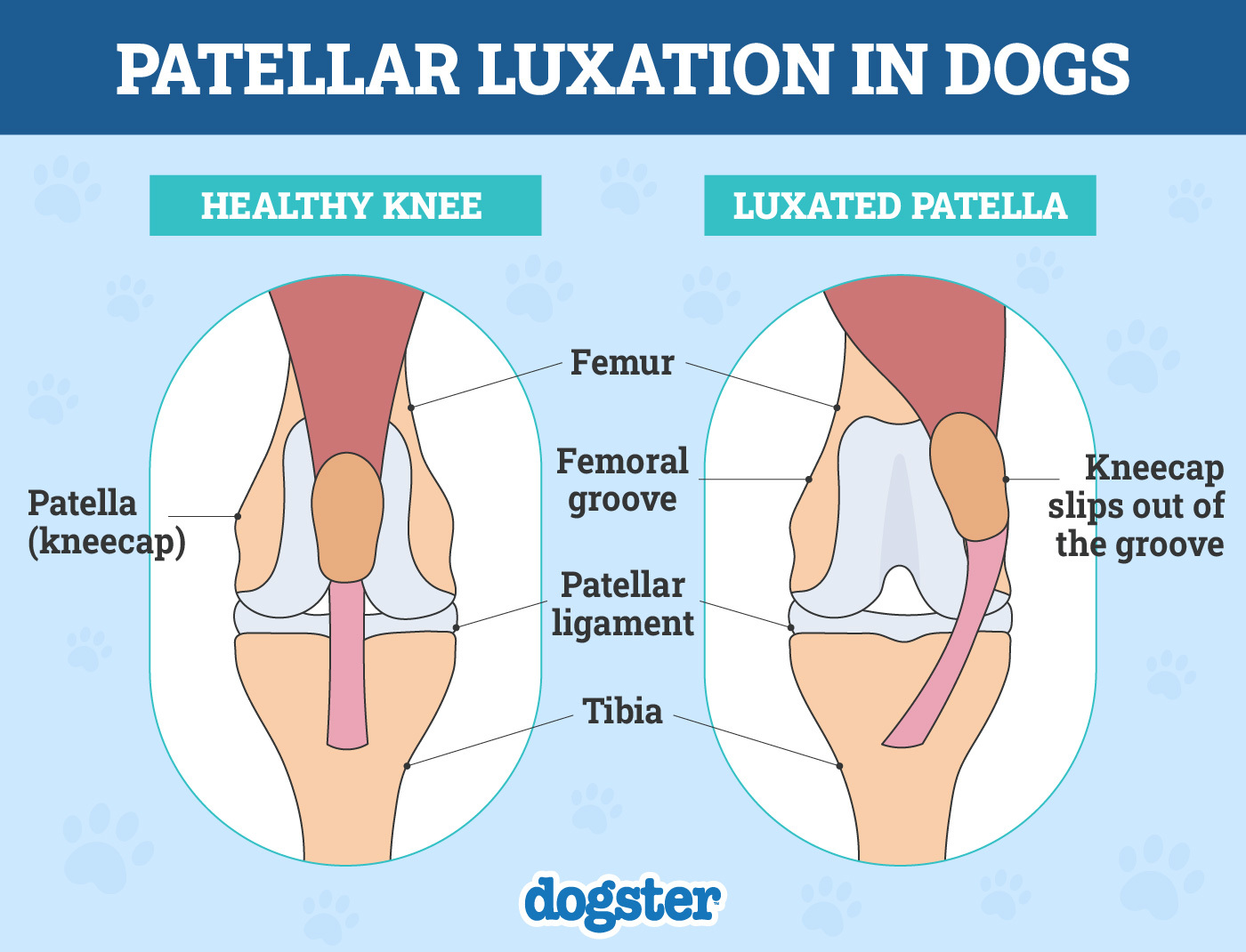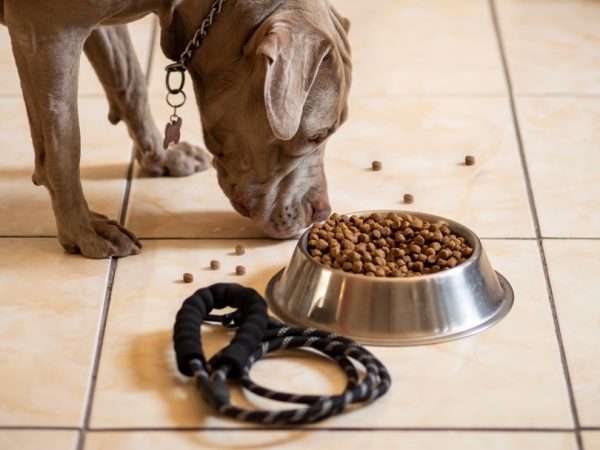If you recently purchased a new puppy or are considering getting a dog for your family, it’s common to wonder what the most common diseases might be so you can prepare for the worst. The good news is that reputable breeders have been carefully selectively breeding dogs to reduce the number of health problems for many years, and the modern K9 tends to be quite healthy and will likely provide you with many years of happiness.
However, there are a few problems that still pop up more frequently, and we’ve made a list of the most common ones so you can learn more about them. Keep reading while we talk a little about each problem potentially facing your dog, so you will know what to look for and what to do if you notice a problem.

The 11 Most Common Diseases in Dogs
1. Arthritis

Arthritis in dogs is similar to what humans experience. The joints become swollen and inflamed, and movement becomes painful. It tends to worsen with age and wear and tear and can affect any or all joints in the body, but the knees, shoulders, and hips are often the most painful. Unfortunately, there is no cure for arthritis, but anti-inflammatories and joint supplements can help reduce inflammation, providing some relief.
2. Obesity

Obesity is one of the biggest problems facing American dogs, and some experts suggest that more than 50% of dogs need to lose weight. Obesity can lead to several health issues, including diabetes and joint issues. Ensuring your pets get enough activity every day and following the suggested portion size for your dog can help prevent the onset of obesity. Also, avoid giving your dog human foods and overtreating them.
The exact amount of calories an individual animal needs to maintain a healthy weight is variable and influenced by many factors including genetics, age, breed, and activity level. This tool is meant to be used only as a guideline for healthy individuals and does not substitute veterinary advice
3. Dental Disease

Dental disease in dogs is a major issue, with some experts suggesting more than 80% of dogs over 3 have some form of the disease. Dental disease can cause pain, which can prevent the dog from eating properly, and even result in tooth loss. Manually brushing your dog’s teeth with a pet-safe toothbrush may sound strange, but it is the best way to slow the progression, along with regular veterinary visits and professional cleanings.
4. Cancer
Cancer is a word that no one wants to hear, but unfortunately, it can affect our dogs like it affects our human loved ones. Several types of cancer can affect your dog, and it is the leading cause of death for pets over 10 years old. Lymphoma, breast cancer, and bone cancer are the most common, but there are many others. Fortunately, many cancers are treatable if you catch them early, so you will need to be vigilant about taking your dog for routine checkups.
If you are concerned about the health and well-being of your pet, seek veterinary advice for the best course of action.
If you need to speak with a vet but can't get to one, head over to PangoVet. It's our online service where you can talk to a vet online and get the advice you need for your pet — all at an affordable price!
5. Bloat
Bloat can be common in many dog breeds, especially those with deep chests. It occurs when the stomach is unable to release excess air, causing it to fill up, putting pressure on organs, and preventing blood flow. Sometimes, the air-filled stomach can twist on itself, a condition called gastric dilatation-volvulus, which impedes blood flow, potentially causing irreversible damage to the organ. This condition is life-threatening, and your dog will need immediate medical attention. Signs of bloat include a swollen and painful stomach, restlessness, and excessive salivation.
6. Ear Infections

Any dog is susceptible to ear infections, but dogs with floppy ears are more prone. Floppy ears can trap and hold dirt and moisture, creating the perfect environment for bacteria and yeast to grow. Once an infection gets going, it can cause your dog to shake their head, scratch their ears, and you may also notice a bad smell. Luckily, ear infections are usually easy to treat with medication after visiting your vet, but prevention is the best method. Keeping your dog’s ears clean and dry can help prevent the buildup of dirt and moisture.
7. Hip Dysplasia

Hip dysplasia is a common hereditary issue that affects many breeds. It’s the result of a malformed hip joint that causes inflammation and degeneration of the cartilage in the joint. If you notice your dog struggling to get up, avoiding stairs, and walking with a strange bunny hop gait, you might want to take your dog to the vet.
8. Cataracts

Cataracts is another condition that mainly affects older dogs but can also occur in younger ones on occasion. Cataracts are a cloudy film that develops over the eye’s lens, making it difficult to see. Doctors can often repair cataracts by removing the lens, but the condition often needs to progress until the dog has difficulty seeing before they can take action.
9. Heartworm

Heartworm is another common problem that can be transmitted through mosquito bites. The parasitic larvae transmitted in the bite make their way to the vessels of your pet’s heart and lungs, where they will begin causing problems. The best way to prevent your pet from getting heartworm is to give them a year-round preventative that will eliminate any heartworm problem.
10. Patellar Luxation

Patellar luxation is another common disease in dogs that affects the knee joint. Dogs with patellar luxation have a kneecap that will slide or pop out of place, causing the dog to hold their leg in a bent position or kick their leg out to the side. Dogs often require surgery to fix this issue.
11. Lyme Disease

Lyme disease is a common disease that is transmitted by ticks. Any dog is susceptible because any dog can get ticks. Lyme disease is characterised by a fever, limping, and swollen joints and lymph nodes. Staying vigilant about removing ticks quickly and putting flea and tick medication on your dog can help reduce the risk of your dog getting Lyme disease.

Conclusion
While this list may make it seem like dogs are prone to many health issues, most dog breeds are extremely healthy and will live many years requiring only routine veterinary care. We recommend brushing your dog’s teeth as often as possible to slow the progression of dental disease and pay close attention to the portion size listed on your dog’s food package to help your dog maintain an ideal weight. Also, keep up with regular veterinary visits and recommended preventatives.
See also:
Featured Image Credit: 135pixels, Shutterstock





















2 Responses
I have an elderly Minature Pincer that is coughing as though she is yakking on a bone or such! She is becoming very lethargic ! She is eating little to no food. I am at my wits end! Her name is Sheba. She will occasionally let me know she wants to go out to relieve herself. Any advice?
Hello David,
thank you for your message and sorry for a bit of a delay. We are very sorry to hear about your Miniature Pincher and we sincerely hope that she is alright!
If you would still, or anytime in the future, like to get a veterinarian input, don't hesitate to head to www.PangoVet.com and book a video call appointment with one of our professional veterinarians. In 20 minute call they will consult your dog's condition, let you know what is going on and how you can help.